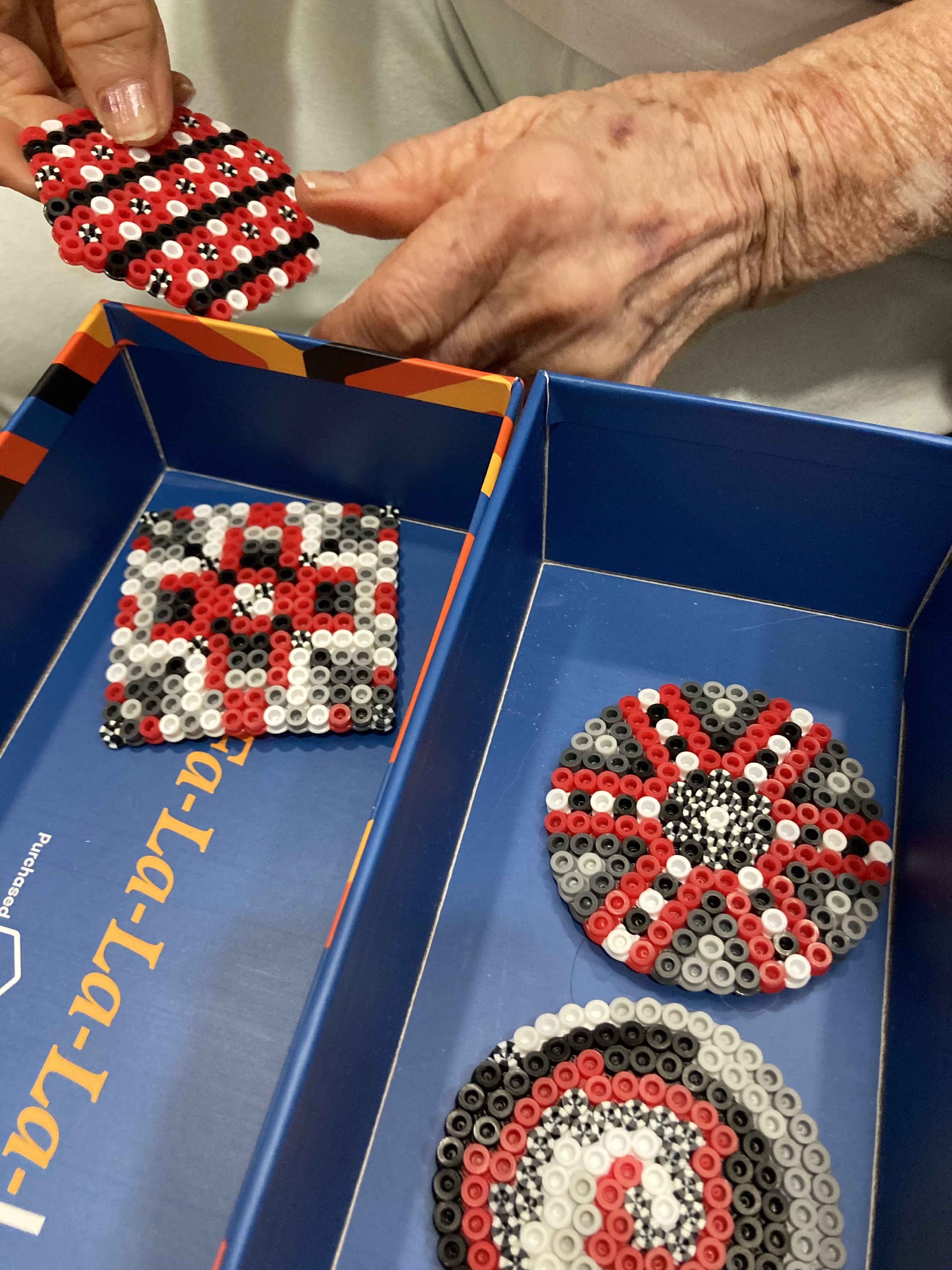When our twins were born, my mom came to stay with us to help. That’s when my spouse and I knew with certainty that something unusual was happening with her thinking — her memory, sense of the world, and problem solving were all unmistakably strange.
We couldn’t seem to get her to stop drinking my husband’s coffee, even though he prepared his entirely differently (black, no cream or sugar) and he bought them both different colored mugs with labels written on them (“Grandma” and “Daddy”). She made 3 packets of Kool-aid all at once, using a large bowl for one because we didn’t own that many pitchers. Her explanation was, “I didn’t know what flavor you wanted.” There were other, non-beverage examples, but the point is essentially: I didn’t understand her thinking, and I didn’t know how to relate to it meaningfully.
As years went by, talking with her consistently featured many repetitions of stories, some of which were definitely not true. As the twins got older, I worried they would be confused by these patterns and that the other adults were not reacting. I reached out to a friend who worked at an elder facility. He encouraged me to use the word “dementia” and to be matter-of-fact with the kids: she did not remember she was asking the same questions again or repeating stories, and there was no point to calling that out because she would not remember that either.
At the time my mom passed away, she still knew my Dad, loved talking with him about their favorite stories (which he also never tired of), and they were a good team together. He gradually managed almost all of the tasks of living, including helping her shower and dress. These days I spend time with folks who have dementia to a much more significant degree than she ever did, and I am in a different space of understanding than I was then.

About two weeks ago, I went to visit one of the folks I volunteer with and she was in a truly lovely, sweet mood. She was holding a baby doll, a little larger than a newborn, cuddled to her shoulder. She tucked her head to it and cooed, patted its back. She was so happy to be taking care of this baby, giving snuggles and comfort. I sat next to her and we talked in a sense. There were lucid/attached to shared reality moments within our exchanges but mostly I sat near her and enjoyed her company.
Talking with my non-binary teen about it later, they immediately cued into the energy of the moment as being the only important part. They helped me find the image of a grown-up figure holding a child-sized figure (at the top of this page) and we talked about how strange it is that much of clipart for elderly women feature someone grey-haired with a bun. There are photographs of seniors holding baby dolls online — I have since learned this is a known therapeutic activity — but my teen and I were concerned that those photographed may not have been able to truly give consent.
On Friday, I had a first meeting with someone new. She was chatty with a nervous energy in her hands, twisting her clothes. I handed her a set of fidgets and that gave us something shared to do, to look at, to turn over, to sort (with no rule, no right/wrong). She speaks in tumbled words and phrases and I respond according to tone: ‘Oh, I see’ works with both enthusiasm and empathy.

At the end of my visit I said, “I am so glad I got to spend time with you.” She looked up and said, “thank you.” Telling this to my teen son later, I said there was no way for me to know if that was just a random alignment of what she said with the moment or if the social cues are so practiced as to remain intact/attached. He said, “yeah, that makes sense but it doesn’t matter. It was real.”
I wanted to share these stories from my mom to these other people’s moms in part to revisit the experience of not understanding what was happening, and how to relate to it. I am glad now to spend time talking about these relationships, finding the energy of the moment and being real together.
End blip.
